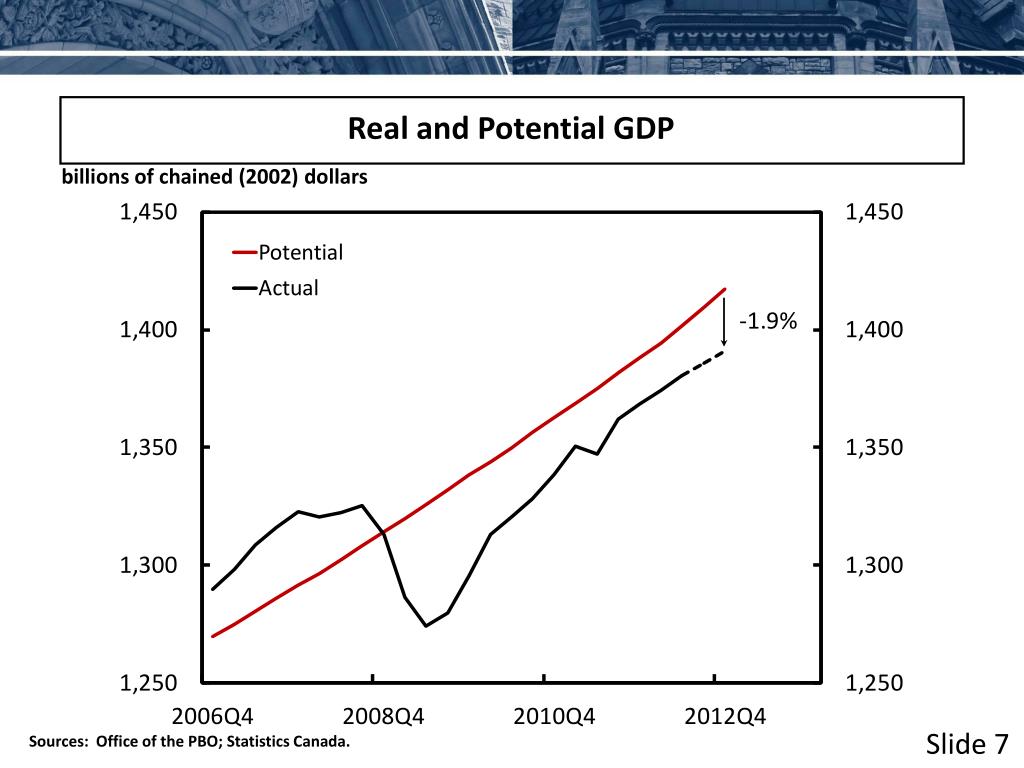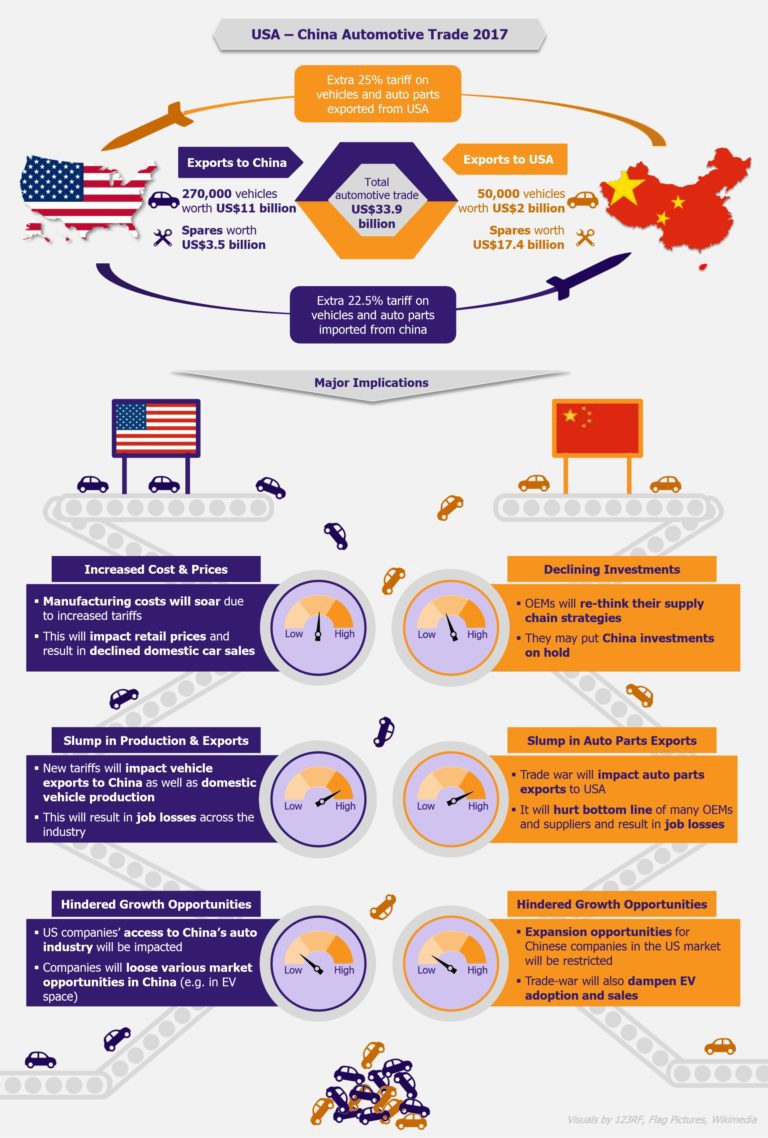Tesla's Optimus Robot Production Faces Setbacks Due To China's Rare Earth Policies

Table of Contents
China's Control over Rare Earth Minerals: A Strategic Advantage
China's dominance in the rare earth element (REE) market presents a strategic advantage, significantly impacting various industries, including robotics. This control poses a substantial threat to Tesla's Optimus robot production timeline and scalability.
The Importance of Rare Earths in Robotics
Rare earth elements, specifically neodymium, praseodymium, and dysprosium, are crucial components in numerous robotic systems. Their unique magnetic and electronic properties are indispensable for high-performance motors, sensors, and actuators. These components are essential for the smooth and precise movements that define advanced robots like Optimus. While precise percentages of REE usage in Optimus robots remain undisclosed by Tesla, it's safe to assume a significant reliance given the technology's complexity and the industry standard for similar robots.
- High-strength permanent magnets: Essential for motors driving robot limbs and actuators.
- High-precision sensors: Enabling accurate positioning and environmental awareness.
- Electronic components: Used in control systems and power management.
China's Dominance in Rare Earth Mining and Processing
China controls roughly 70% of global rare earth mining and processing. This near-monopoly gives them considerable leverage in setting prices and controlling supply. The environmental impact of REE mining is substantial, and China's dominance has raised concerns about ethical sourcing and environmental sustainability. Furthermore, China's export restrictions and quotas on REEs create significant uncertainty for manufacturers worldwide.
- Environmental concerns: REE mining involves significant environmental risks, including water pollution and habitat destruction.
- Economic implications: China's control allows them to influence global REE prices, potentially driving up costs for manufacturers.
- Geopolitical implications: The reliance on a single source for such crucial materials creates significant geopolitical vulnerability.
Impact of China's Policies on Tesla's Optimus Robot Production
China's increasingly restrictive policies on rare earth exports directly impact Tesla's ability to secure the necessary materials for Optimus robot production.
Supply Chain Disruptions and Delays
Any disruption to China's REE supply, whether due to export restrictions, price hikes, or geopolitical tensions, will directly impact Tesla's production timeline and profitability. Shortages or price increases of these crucial materials could lead to significant delays in Optimus's mass production and increase its final cost. While Tesla has not publicly commented extensively on the specific impact of REE supply chain issues on Optimus, the broader industry trends indicate potential challenges.
- Increased production costs: Higher REE prices translate directly into increased manufacturing costs for Tesla.
- Production delays: Shortages could force Tesla to halt or slow down Optimus production.
- Potential for supply chain diversification: This could involve investing in or partnering with REE mining and refining companies outside of China.
Geopolitical Risks and Diversification Strategies
Tesla's heavy reliance on a single source for critical materials creates significant geopolitical risks. Fluctuations in China's policies, trade disputes, or unforeseen events could severely disrupt Optimus production. To mitigate these risks, Tesla needs to diversify its REE supply chains. This is a complex and challenging undertaking, requiring substantial investment and collaboration with other countries and companies.
- Exploration of alternative suppliers: Identifying and securing reliable REE sources in other countries.
- Investment in REE mining and processing: Potentially investing in or partnering with companies outside of China to develop their own REE supply chains.
- Technological innovations: Exploring alternative materials or designs that reduce or eliminate the need for rare earth elements.
The Future of Tesla's Optimus Robot and Rare Earth Dependence
The long-term success of Tesla's Optimus robot, and indeed the wider robotics industry, depends on addressing the challenges posed by China's control over rare earth minerals.
Technological Innovations and Material Substitution
Tesla and the robotics industry as a whole need to actively pursue research and development into alternative materials and manufacturing processes. Finding substitute materials with similar properties to REEs or developing innovative designs that minimize REE usage are crucial for long-term sustainability. Several research initiatives are exploring alternative magnet materials and more efficient motor designs.
- Research into alternative magnet materials: Exploring materials like ferrite magnets or exploring advancements in high-temperature superconductors.
- Improved motor designs: Developing more efficient motors that require less REE-based magnets to achieve the same performance.
- Additive manufacturing: Exploring techniques to optimize material use and minimize waste during the manufacturing process.
Long-Term Implications for the Robotics Industry
China's REE policies have far-reaching implications for the entire robotics industry. Continued reliance on a single source for these critical materials creates significant vulnerability to supply chain disruptions and price volatility. International collaboration and diversification of REE supply chains are crucial to ensuring the continued growth and development of the robotics sector globally.
- Increased prices: The scarcity of REEs could lead to significant price increases across the robotics industry.
- Production bottlenecks: Supply chain disruptions could cause significant production delays for various robotic systems.
- Geopolitical instability: The reliance on a single source for critical materials creates a point of geopolitical leverage.
Conclusion: Navigating the Challenges for Tesla's Optimus Robot Production
Tesla's Optimus robot production faces significant challenges due to China's control over rare earth minerals. Securing a reliable and diversified supply chain for these crucial materials is paramount for the success of the Optimus project and the future of the robotics industry. Further research into alternative materials, diversification strategies, and international cooperation are essential to mitigate the risks and ensure the long-term viability of advanced robotics globally. Addressing this challenge is crucial for Tesla's Optimus Robot production and the wider adoption of advanced robotics. The future of Tesla's Optimus Robot production hinges on successfully navigating these complex geopolitical and technological hurdles.

Featured Posts
-
 Canadas Fiscal Challenges A Path Towards Responsible Governance
Apr 24, 2025
Canadas Fiscal Challenges A Path Towards Responsible Governance
Apr 24, 2025 -
 Auto Dealers Five Point Plan Addresses Looming Us Canada Trade War
Apr 24, 2025
Auto Dealers Five Point Plan Addresses Looming Us Canada Trade War
Apr 24, 2025 -
 Tzin Xakman O Tzon Travolta Thrinei Ton Thanato Toy Agapimenoy Ithopoioy
Apr 24, 2025
Tzin Xakman O Tzon Travolta Thrinei Ton Thanato Toy Agapimenoy Ithopoioy
Apr 24, 2025 -
 A Look Into The Lives Of Chalet Girls Catering To Europes Wealthy On The Slopes
Apr 24, 2025
A Look Into The Lives Of Chalet Girls Catering To Europes Wealthy On The Slopes
Apr 24, 2025 -
 The India Nifty Rally Drivers And Implications For Investors
Apr 24, 2025
The India Nifty Rally Drivers And Implications For Investors
Apr 24, 2025
